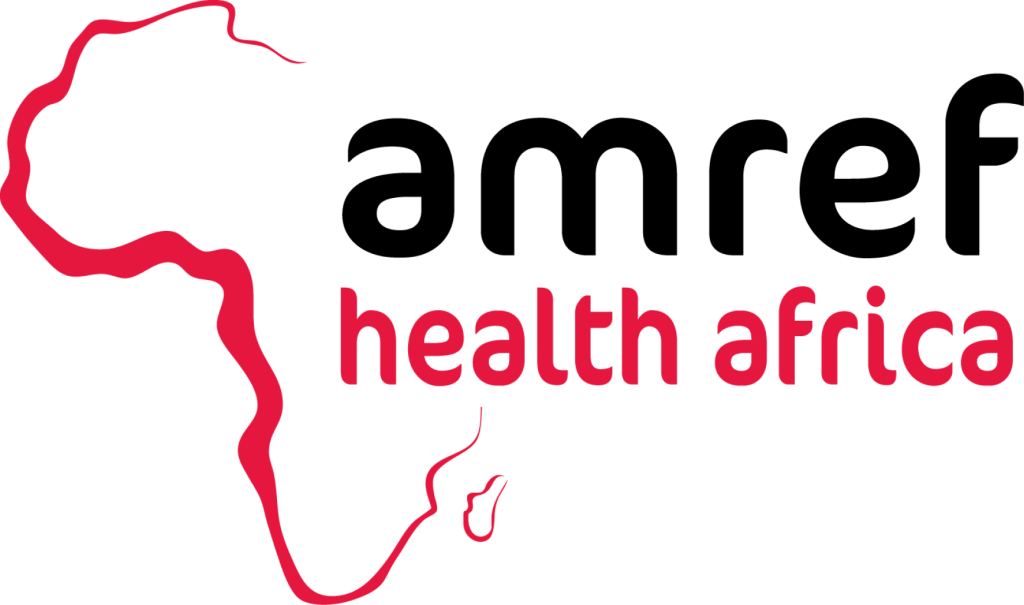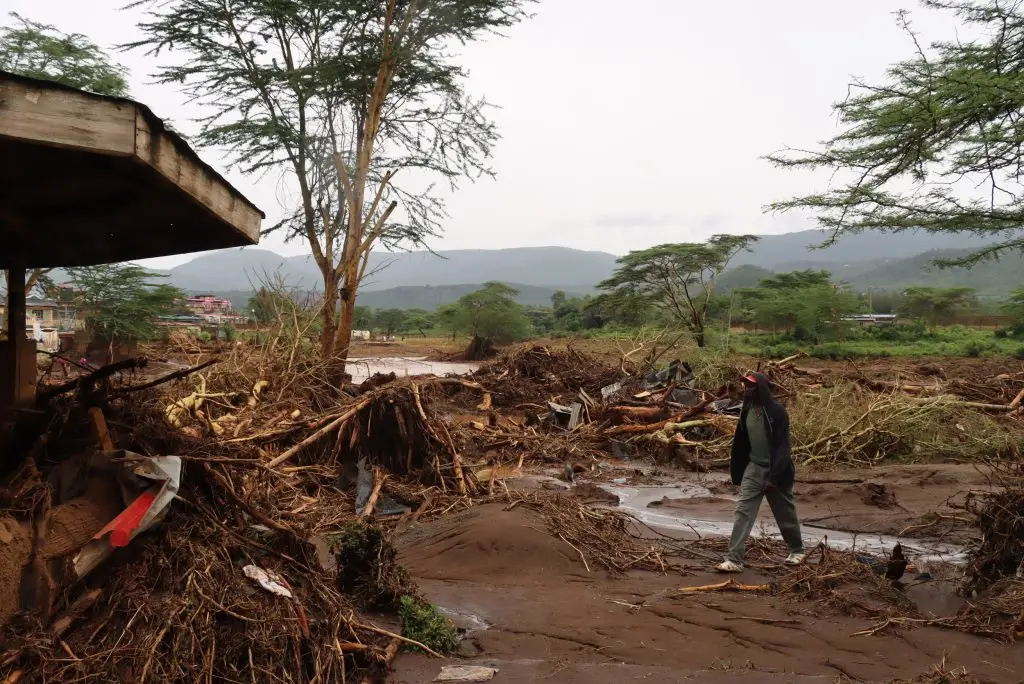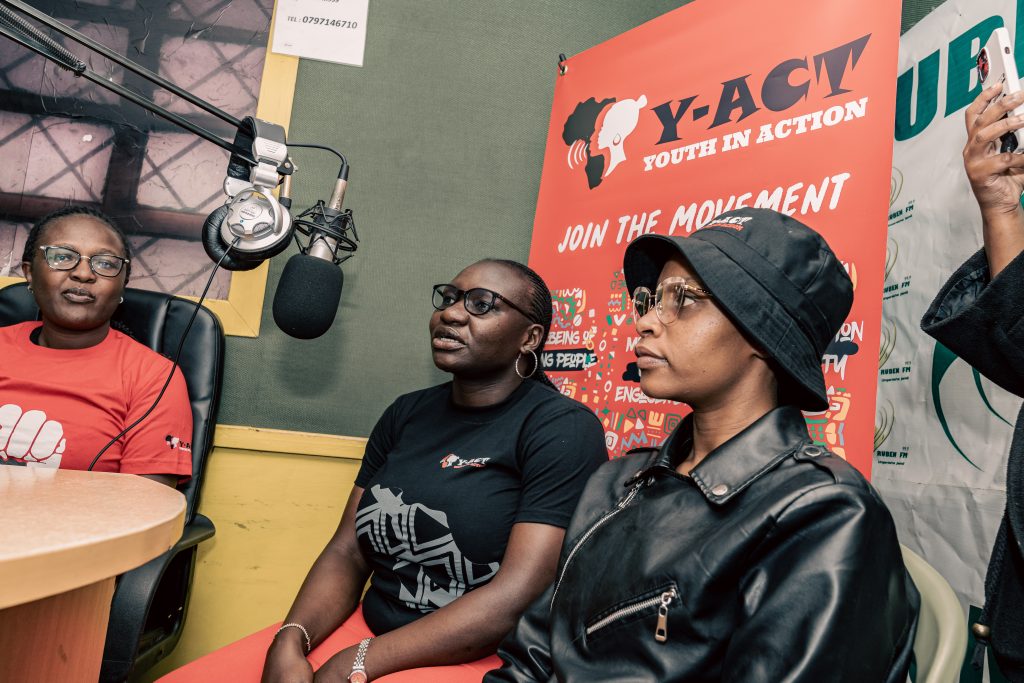Health Innovation
People across Africa face barriers to access health. Amref develops health innovations to address health issues and reach more people with the health services they need.
Innovation is building a stronger Africa.
Good health is the vital foundation of a happy, fulfilled life.
Everyone deserves this. But we are still far from achieving the targets of Sustainable Development Goal 3 – Good Health and Well-being.
Africans are forced into poverty every year because of massive medical bills.
1/3
Of Africans live more than two hours away from health services.
1 in 3
People across Africa suffer from water scarcity.
Why is innovation so important to achieving Health for All?
Innovation is essential to achieving Health for All because it helps break through the barriers that keep people—especially vulnerable, marginalised communities—without access to quality care.

New technologies and approaches make it possible to reach remote communities, train health workers more effectively, and deliver more frequent services at a lower cost.
Innovation is not only about digital tools or medical advances, but also about rethinking how systems work—like creating community-led models, using data to guide decisions, or designing culturally appropriate solutions.
In contexts where resources are limited and inequities are deep, innovation ensures that care can be more inclusive, scalable, and sustainable. This accelerates progress toward our vision of lasting health change, where everyone can access the health services they need without suffering financial hardship.
What is Amref doing to help?
Amref is tackling diverse healthcare challenges across different regions, working with communities to find clever ways to do things better and bridge the gap between people and services.
We started work back in the 1950s with a flying doctors service for remote communities. We then embraced the tools of the time – such as radio – to provide healthcare access over the airwaves.
Now, we are pioneering new approaches to deliver health to people. Interactive health education platforms for women and young people help them claim their right to health, mobile apps remind parents of their children’s vaccination appointments, and innovative online learning for busy frontline health workers helps to train them effectively and efficiently.
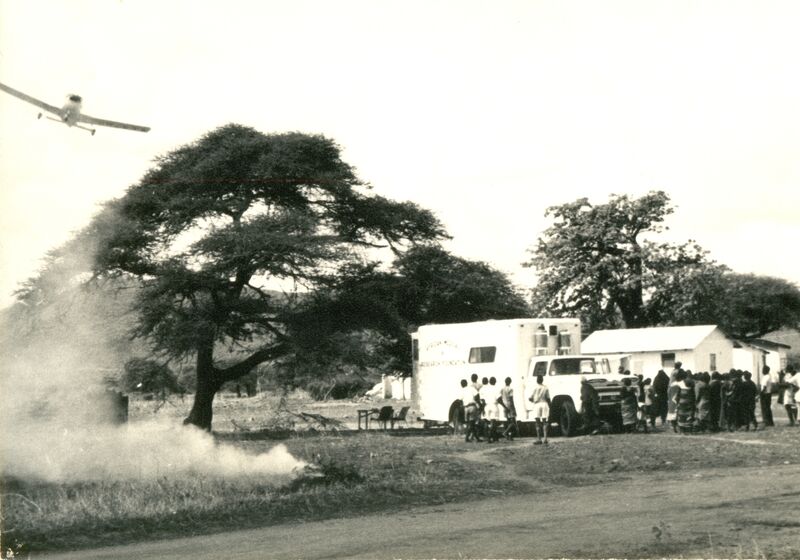
It’s not always a matter of seeking a high-tech, ground-breaking solutions. Fundamentally it’s about finding new approaches to long-standing problems – and as always with our work, these solutions must be community-led and tailored to the contexts in which they will be implemented.
Our groundbreaking solutions work because they’re based on deep local knowledge and rely on locally-available tools and tech. We need to rapidly scale up to reach more people, more quickly and meet a growing demand for healthcare services in Africa.
We facilitate honest, intergenerational dialogues
The dialogues among communities that practise FGM/C help over-turn centuries-old harmful norms. They are based on ancient community structures and traditional hierarchies so they introduce new ideas in respectful, community-appropriate ways. In Narok County, Kenya, over 90% of women and men who have attended Amref-supported community and couples (mother and father) dialogues said that they were very unlikely to subject their daughters to FGM. Just 68% of men and 75% of women who have not attended these sessions said they were very unlikely to subject their daughters to FGM.
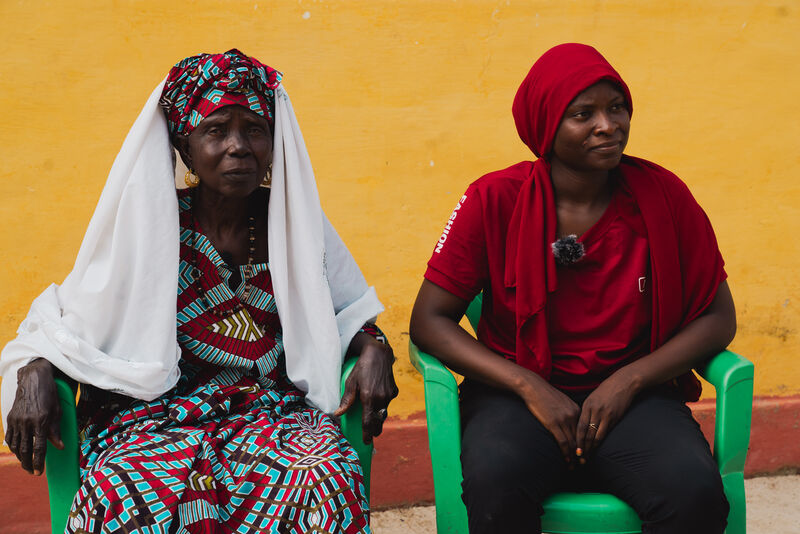
We harness local wisdom and traditional knowledge of solutions
In semi-arid Kajiado County, Kenya, we are working with communities to build sand dams—a traditional practice of harvesting rainwater in the rainy season and storing it in underground sand ‘wells’. This water is naturally cleansed by the sand, and pumped up to the surface using hand pump or solar-powered pump technology.
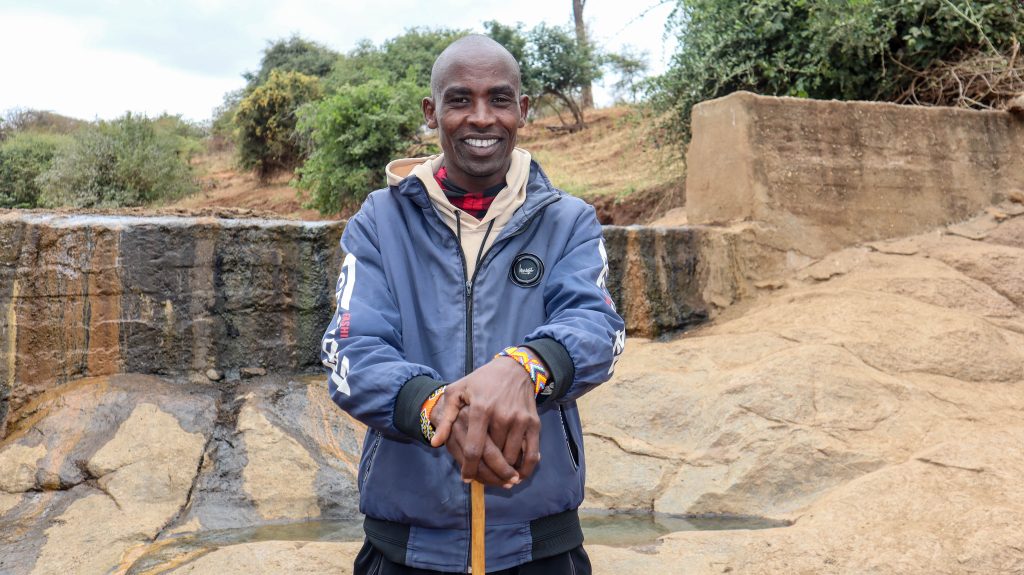
We build mobile apps that deliver health information, training
Our Leap, Jibu and M-Jali digital learning and data collection platforms are transforming the way in which communities and governments report health issues and make decisions on real-time insights. Our Tracking the Girls app is being used in our End FGM/C programmes to ensure girls remain well and in school, and safe from the cut.

We deliver health to rural communities
These communities would otherwise go without care. These mobile outreaches are delivered in a clinic unit pulled by an ambulance, by a midwife with a portable ultrasound unit in their backpack, by a community health worker with a cool box on the back of their bike. During the COVID-19 pandemic, mobile vaccination clinics were part of Amref’s COVID vaccination drive, which administered vaccines to 15.9m people. Clinic outreaches go where the formal health system cannot—from flood-prone plains to remote villages off the road network.
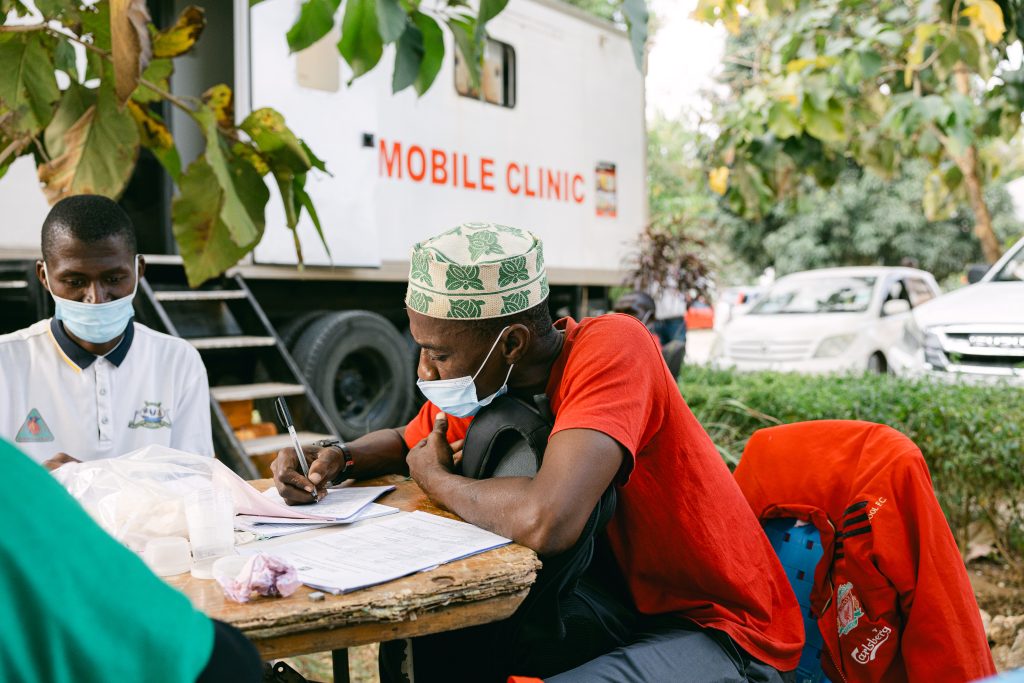
Bringing health home in Ethiopia

In rural Ethiopia, distance remains one of the greatest barriers to health. Communities often live many miles from the nearest health facility, with poor or non-existent roads and limited private and public transport options making travel long, costly, and sometimes impossible—especially during harsh weather or emergencies.
For women in labour, children with preventable illnesses, or people needing urgent care, this gap can mean the difference between life and death.
Amref delivers mobile health services to remote communities in Ethiopia. Whether this is a midwife with a mobile ultrasound, or nurses and community health workers providing services in a mobile clinic, these innovative outreach solutions are bringing health closer to those who need it most.
Newsroom: Latest Updates
Images: (1) Amref Historical Images started back in 1950s (c) Kenya / Amref Health Africa (2) Awa Diassy with her 70 year-old grandmother, Coumba Donna, at their home in Kolda, Senegal. Their relationship has come full circle through dialogues (c) Amref Health Africa / Jacques Manga (3) Gibson Lebo – Water user management committee, Olgos sand dam Kajiado (c) Amref Health Africa / Daisy Kiprop (4) Innovative Digital Learning -Sibusisiwe Munkonde, nurse in Zambia (c) Amref Health Africa / David Brazier (5) Adawuka Mukna – Community Outreaches, Afar (c) Amref Health Africa / Genaye Eshetu
